Specifications
| Size |
1/2″ – 2″ |
| Type |
Multi-jet Water Meter |
| Medium |
Cold Water & Hot Water |
| Material |
Stainless Steel 304/316 / Brass |
| Application |
Water, Sea Water, Corrosive, Chemical, Food Grade |
| Medium Temperature |
Cold Water 0~50°C / Hot Water 0~130°C |
| Threaded End MNPT |
NPT /BSP |
| Working Pressure |
150PSI |
Q&A
Q: What is a water meter?
A: A water meter is a device used to measure the amount of water consumed by a household, building, or facility. It provides accurate data on water usage for billing purposes and conservation efforts.
Q: How does a water meter work?
A: Water meters work on the principle of measuring the flow of water through a pipe. Typically, they contain a chamber with a rotor or turbine that spins as water passes through, and the revolutions are translated into volume measurements.
Q: Why are water meters important?
A: Water meters are crucial for monitoring water consumption, detecting leaks, accurately billing customers, and promoting water conservation by encouraging users to be mindful of their usage.
Q: What are the common types of water meters?
A: Common types of water meters include mechanical meters, which use mechanical components for measurement, and digital meters, which utilize electronic sensors for accurate readings.
Q: How often should water meters be serviced?
A: Water meters should be regularly maintained and tested to ensure accuracy. Service intervals can vary, but it’s recommended to have water meters inspected at least once a year by a certified technician.
Q: Can water meters be used in different pipe sizes?
A: Yes, water meters are available in various sizes to accommodate different pipe sizes commonly found in residential, commercial, and industrial settings.
Q: Are water meters compatible with smart technology?
A: Yes, many modern water meters are equipped with smart technology such as wireless communication capabilities, remote monitoring, and leak detection features for improved efficiency and data management.
Q: How can I read my water meter?
A: Reading a water meter typically involves checking the displayed numbers or dials on the meter face to track water consumption. The unit of measurement is usually in gallons or cubic feet.
Advantages and Disadvantages
Advantages of Water Meters
Accurate Billing: Water meters provide precise measurements of water usage, ensuring customers are billed appropriately based on their actual consumption.
Leak Detection: Water meters can help detect leaks in the system by detecting unusual patterns of water usage, enabling timely repairs to prevent water wastage.
Water Conservation: By providing real-time data on water usage, water meters encourage users to be more mindful of their consumption habits, leading to increased water conservation.
Efficient Management: Water meters help utility companies and authorities manage water resources more efficiently by tracking usage trends, identifying peak demand periods, and planning infrastructure upgrades.
Fair Allocation: Water meters promote fair allocation of water resources by accurately measuring individual usage, ensuring equitable distribution and pricing.
Disadvantages of Water Meters
Installation Costs: Installing water meters can be expensive, especially in older buildings or properties where retrofitting is required, leading to initial cost barriers.
Maintenance Requirements: Water meters need regular maintenance to ensure accurate readings, and any malfunctions or errors may require professional intervention for calibration or repairs.
Privacy Concerns: Some individuals may have concerns about privacy related to water meter data, as it can reveal detailed information about occupancy patterns and lifestyle habits.
Initial Learning Curve: Understanding how to read and interpret water meter data may pose challenges for some users initially, requiring education and support to utilize the information effectively.
Potential for Inaccuracies: Factors such as meter malfunctions, tampering, or external influences can lead to inaccurate readings, potentially resulting in billing disputes and customer dissatisfaction.
Balancing the advantages and disadvantages of water meters is essential to maximize their benefits while addressing potential challenges to ensure efficient water management and fair billing practices.
Applications
Water flow meters are versatile devices used in various industries and applications to measure the flow rate of water accurately. Here are some common applications for water flow meters:
Residential Water Usage Monitoring: Water flow meters are installed in residential properties to monitor water usage, detect leaks, and facilitate accurate billing based on consumption.
Industrial Water Monitoring**: In industrial settings, water flow meters are used to measure water consumption in manufacturing processes, cooling systems, boiler feedwater, and wastewater treatment plants.
Agricultural Irrigation: Water flow meters are essential in agricultural irrigation systems to monitor and control the flow of water to crops, ensuring optimal irrigation practices and water conservation.
Municipal Water Supply: Water flow meters help municipal authorities measure water distribution and consumption in public water supply systems, manage water resources efficiently, and identify any leakages.
HVAC Systems: Water flow meters are used in heating, ventilation, and air conditioning (HVAC) systems to measure water flow rates for cooling towers, boilers, and heating systems in commercial and residential buildings.
Fire Protection Systems: Water flow meters are integrated into fire sprinkler systems to monitor water flow and pressure, ensuring adequate water supply for firefighting purposes in buildings and facilities.
Swimming Pools and Spas: Water flow meters are employed in swimming pool filtration systems and spas to monitor water circulation rates and maintain water quality and clarity.
Environmental Monitoring: Water flow meters are used in environmental monitoring applications such as stream gauging, groundwater monitoring, and water resource management to measure water flow in natural water bodies.
Hydroponics and Aquaculture: Water flow meters are used in hydroponic systems for precise nutrient delivery and in aquaculture systems to monitor water circulation and maintain optimal aquatic environments.
Process Control and Laboratory Applications: Water flow meters play a crucial role in process control applications, scientific research, and laboratory experiments where precise measurement of water flow rates is essential for experimentation and analysis purposes.
These applications highlight the importance of water flow meters in various sectors for monitoring, controlling, and optimizing water usage, contributing to efficient resource management and sustainability.
Drawings
Only logged in customers who have purchased this product may leave a review.

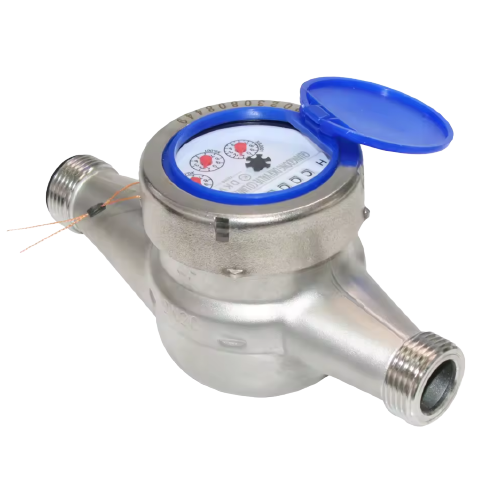
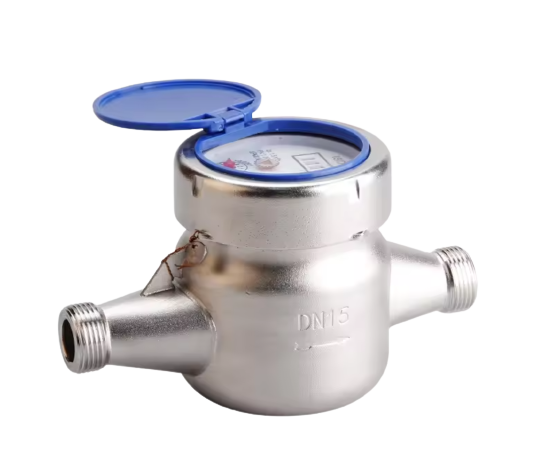
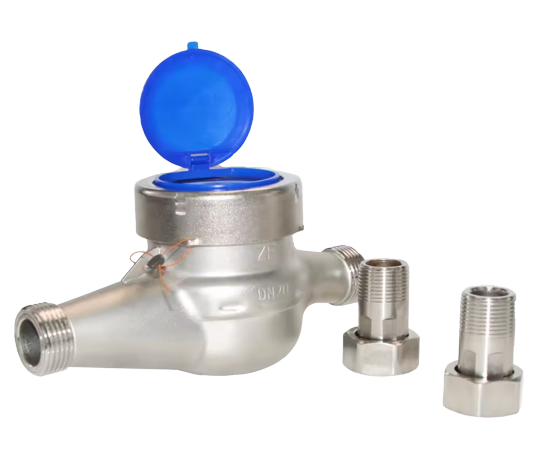
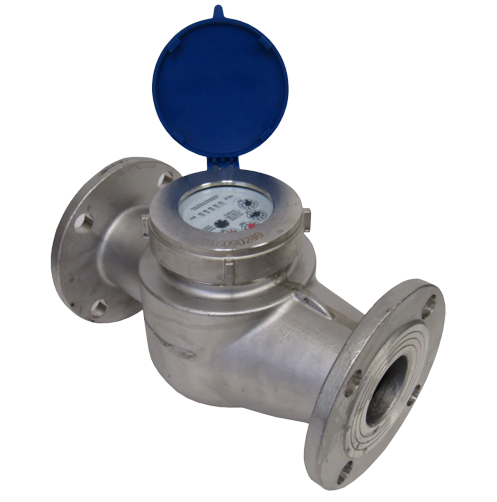
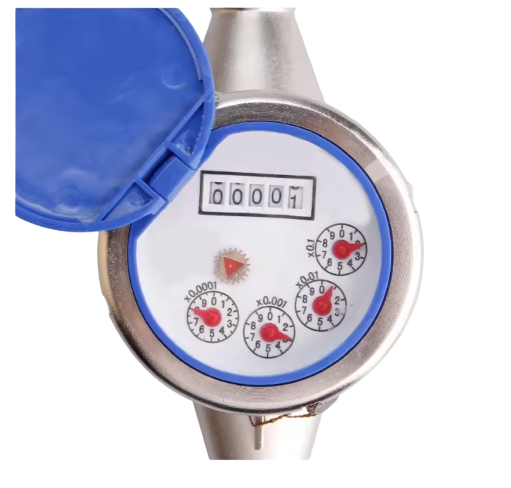
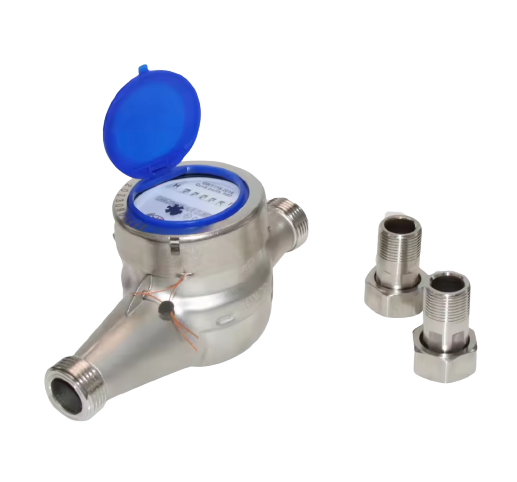
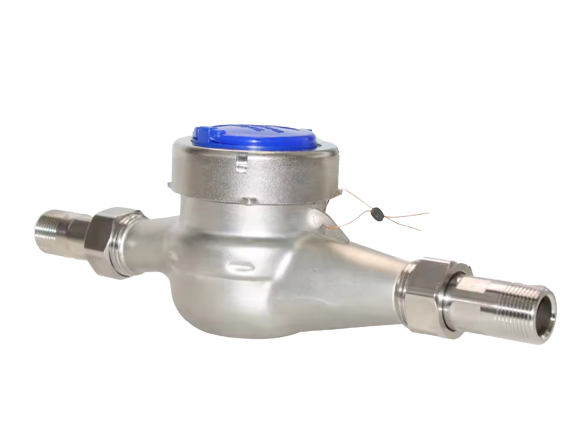
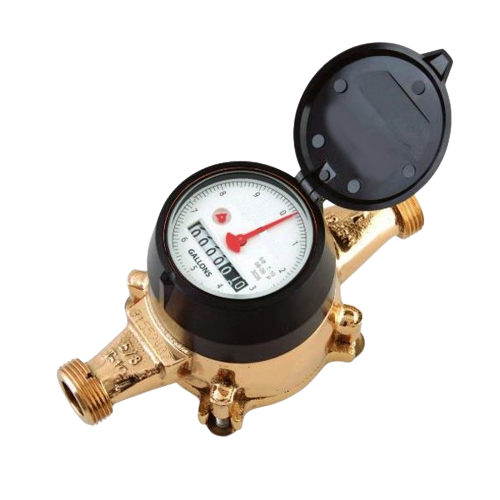
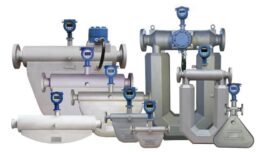
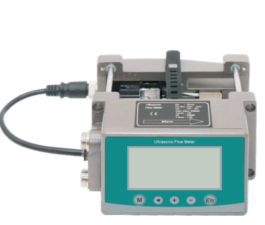
Reviews
There are no reviews yet.